Do we ever have exciting news this weekend! For a few years now, every May we have partnered with NSERC (that's the Natural Sciences and Engineering Research Council of Canada) for an amazing contest and celebration called Science Odyssey!
This year, it runs from May 1 to May 16. The contest prizes are:

To enter, you just need to do three science-related activities. They can be experimenting, observing nature, reading about science, and more. Document your activities by taking a photo or video, or writing a paragraph about them. Then visit our website and submit an entry form! The details, activity ideas, and entry form can be found HERE. The deadline is May 26, 2021.
In addition, we'll be running lots of stories on science, tech, and engineering during the contest period—including right now with an incredible story about the surprising stuff that you can find in dirt.
Happy Science Odyssey, everyone!
Digging in the dirt
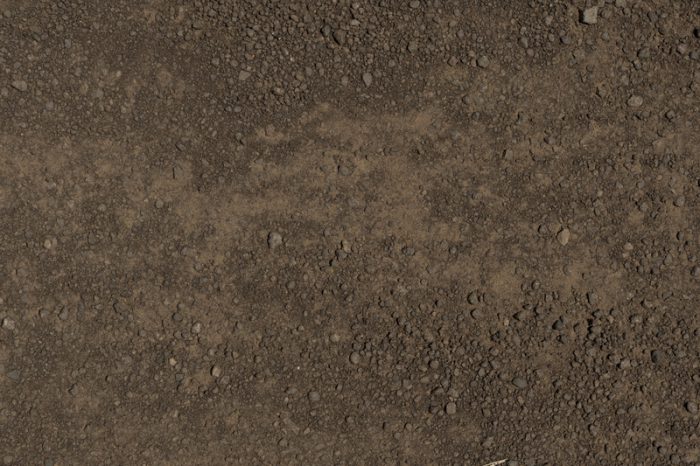
Scientific research is a dirty—but rewarding—business! (Photo 179687192 © Gustavo Baggio - Dreamstime.com)
What's in the dirt around you? Worms? Ants? Those marbles you thought you lost?
Ancient giant short-faced bear DNA?
Okay, perhaps that last one can't be found in the dirt near you. But travel to Chiquihuite Cave in the mountains of central Mexico, and it's a different story.
For the first time ever, scientists have been able to sequence the DNA of an extinct animal using samples of dirt from where it used to live, thousands of years ago. (Sequencing DNA is when scientists are able to put together the genetic code of a living thing—it's like solving an information puzzle that makes an animal what it is!)
How did they do this?
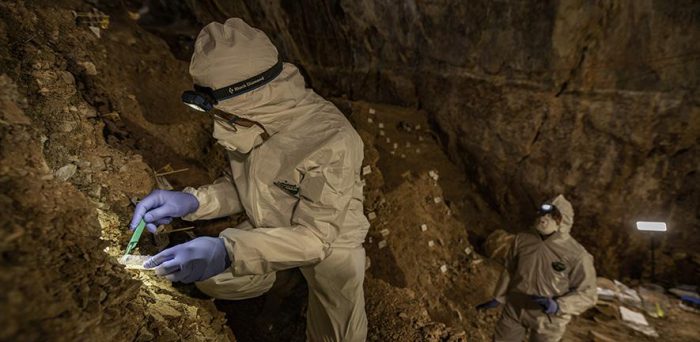
Researchers collecting DNA samples from the dirt of Chiquihuite Cave. (Devlin A Gandy)
Though still exciting and rare, sequencing ancient DNA of extinct animals is not necessarily new. What makes this example so special is that this is the first time researchers have done it without using any physical remains of the animal. All previous cases required some fossilized or frozen sample of hair, flesh, skin, or bone.
In this case though, the DNA was preserved because so many of the bears used this location as, well, a toilet. Every time an animal goes to the bathroom, it leaves behind genetic information. Normally, this stuff gets quickly washed or blown away. But because Chiquihuite Cave is protected from the elements, the soil preserved the DNA well enough for scientists to collect it 16,000 years after the bears had left it behind!
What was the giant short-faced bear?
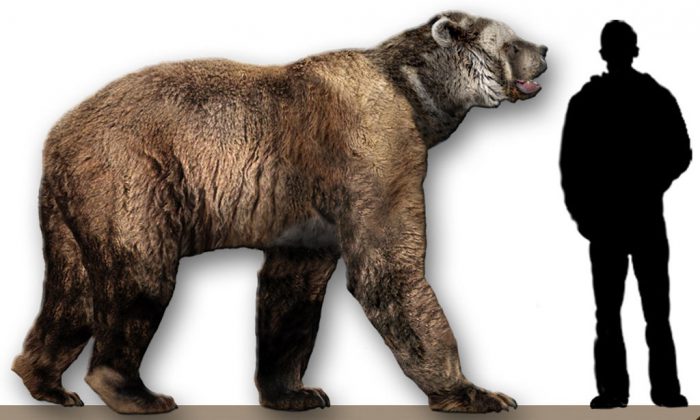
Even compared to modern grizzlies and polar bears, the giant short-faced bear was huge. (Wikimedia Commons)
There are two size words in that name, but only one of them really gives you a picture of this extinct predator. Giant.
The giant short-faced bear, or Arctodus simus, was one of the largest bears to have ever lived. (The only one that was larger is a South American short-faced bear known as Arctotherium, meaning 'bear beast'.) A. simus was almost twice as heavy as most grizzlies and would've stood about 3.4–3.7 m (11–12 ft) tall on its hind legs. That was one huge bear!
The animal went extinct around 11,000 years ago, but in its prime, it was a dominant predator. In fact, A. simus and Arctotherium were two of the largest carnivorous land mammals ever known.
Is Chiquihuite Cave special for any other reason?
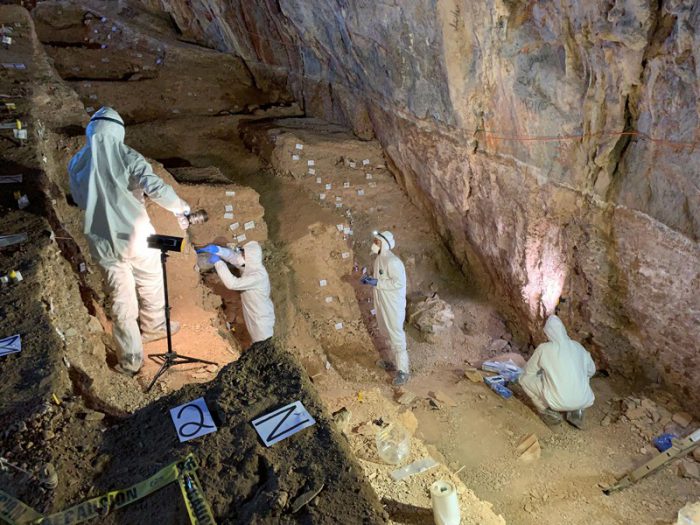
Researchers have been to Chiquihuite Cave before. Artifacts from here have changed how we think about the history of humans in North America. (Mads Thomsen)
We're glad you asked! This remote cave made headlines last summer for a similar reason. The story of when humans came to the Americas.
For many years, the story of how humans migrated, or journeyed, from Asia to North and South America involved them crossing an ice bridge during the last Ice Age. That would've been around 16,000 to 14,000 years ago, give or take. But then last summer, a story announced that archeologists had found ancient human remains in Chiquihuite Cave that dated back 30,000 years ago!
It was a really big and controversial story—to read it in full, go to our post from last July where we broke it all down. It's fair to say that when it comes to preserving the stories of ancient life in North America, Chiquihuite Cave is one amazing place!
Contest alert
Don't forget to enter the Science Odyssey Contest! Click HERE TO ENTER.

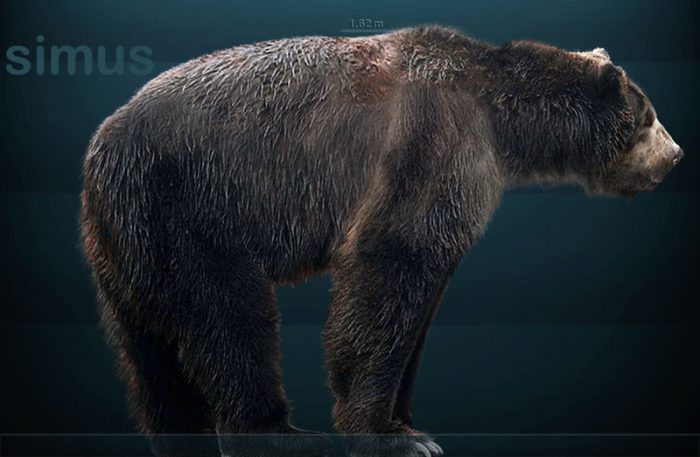 The giant short-faced bear was an enormous predator. (Wikimedia Commons)
The giant short-faced bear was an enormous predator. (Wikimedia Commons)










I learn a lot from reading this. Thanks Owl!